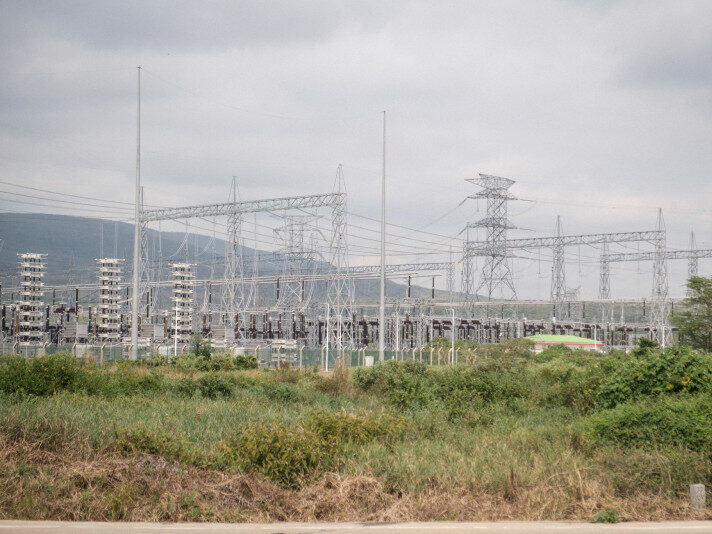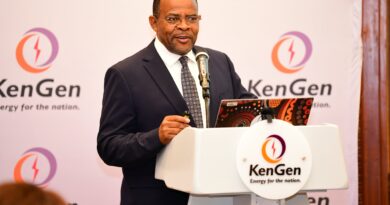African countries’ capital costs 4 times their European counterparts

African countries are borrowing loans and taking equity at rates that are nearly four times more expensive compared to their European counterparts, hindering their capacity to do major investments in their economies, including providing energy access to their citizens.
A new report by the Clean Air Task Force shows that the Weighted Average Cost of Capital (WACC) — a composite of the cost of equity and cost of debt – shows that African countries are borrowing at an average interest rate of 15.6%.
This is multiple times higher than the borrowing costs for others countries and regions such as 2.4% in Japan, 4.2% in Western Europe, 5.1% in the USA, and 6.6% in China.
The report further found significant variations among the five sub-regions on the continent, ranging between 8.6% and 15.88%.
This report reveals that massive inequality in the global capital markets where African countries are slapped with high capital costs as they are considered riskier by investors.
But this is plunging African countries into debt distress as the rates at which they are borrowing to invest in key sectors such as energy, education, health, agriculture among others are unsustainable.
In the energy sector, more than 900 million individuals lack access to clean cooking while 600 million are not connected with electricity. As a result, the continent accounts for less than 6% of total global energy use despite having more than 18% of the world’s population.
The cost of closing the energy access gap is staggering, especially considering the high cost of borrowing for African countries.
According to the International Energy Agency (IEA), African countries need $4 billion per year to provide clean cooking access to 1.2 billion between 2020 and 2030.
The Clean Air Task Force has made several recommendations which, if implemented, will facilitate cheaper access to energy capital by African countries.
First, it has called for all stakeholders to depart from employing a uniform cost of capital for African nations.
“Our research underscores substantial disparities among countries, including those within the same region and sub-regions. While accessing data for certain countries might pose challenges, acquiring localized data is preferable to relying on uniform capital costs, which may inadequately capture the specific capital dynamics of individual countries,” says the report.
Another recommendation is for enhanced collaboration among African governments, the financial sector, multilateral institutions, and other stakeholders.
The goal is to mitigate investment risks on the continent and enhance the attractiveness of African countries for financial investments.
info@theenergyreview.com
Discover more from THE ENERGY REVIEW
Subscribe to get the latest posts sent to your email.


